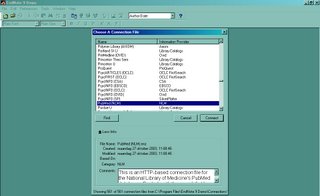Saint Martyrs of the Damned , interview with Robin Aubert
Anyway, here are some great quotes from the interview of Robin Aubert which was on the DVD:
RA: "I'm always separated between bad and good, It's the same in the film. I mean, sometimes I just want to drink and punch people in the face. And after, I just want to go to India and help the young child"... "Everyday I think about this, should I do LSD or should I drink milk?"
The interviewer asks Robin about the part of the movie which he didnt likes so much. And Robin tells that he feels he explains too much at a certain part in the film, while he should have left an explanation out and leave it to the viewer to find out.
RA: ..."But sometimes I think about my mum. I write the film for me, but after that I think about my friends and my mum and she won't understand nothing. So I put some explanation. But even tough the explanation is there, I think she saw the movie five times to understand. Everyday she goes to see it to understand it"
...
"It's about my family this film, but I didn't want them to know... So I made it really fucked up..."







